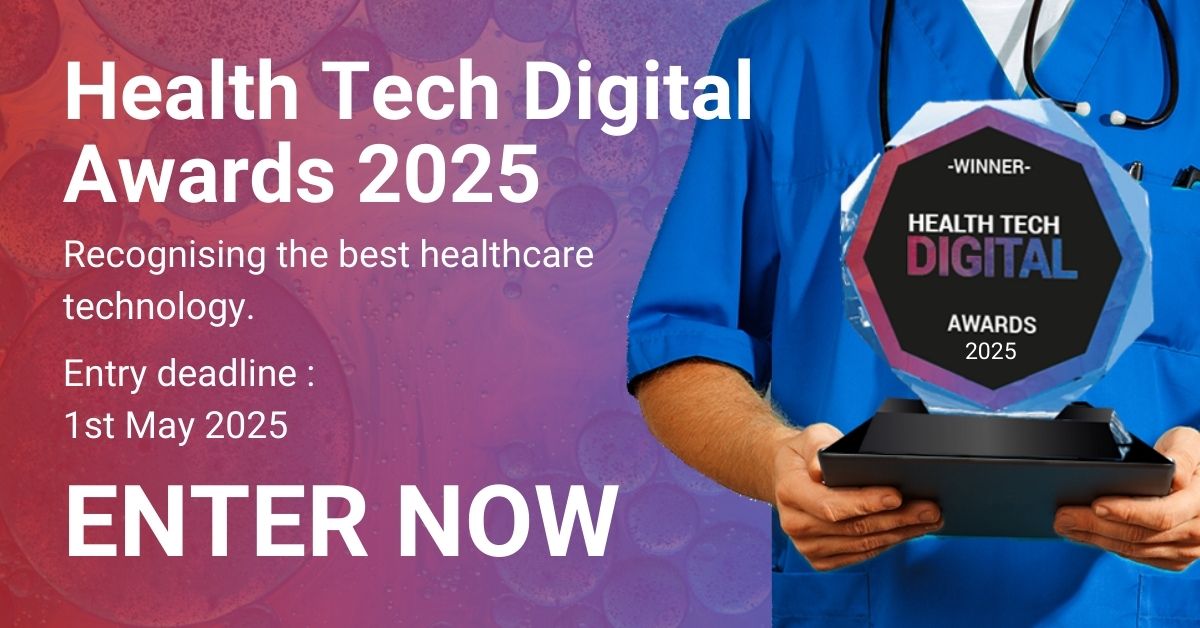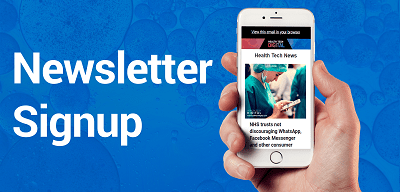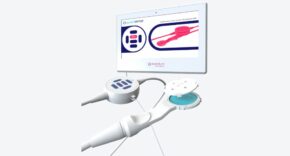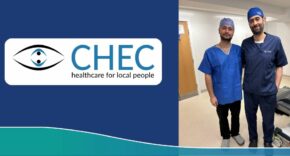Matt Hancock’s recent vow to “double down on the tech agenda and bring the NHS into the 21st Century” has triggered a quiet optimism that the 2020s might just be the decade when the UK finally maximises digital to transform healthcare services at scale. The tools for innovation are already out there, but they’re now being supplemented by a vision and a collective will to take the NHS forward. Last July, six months after outlining his long term plan for a sustainable health service, the Health Secretary unveiled NHSX – the digital transformation unit he hopes will power that ambition by ‘giving people the technology they need’. Its central premise is simple: digital innovation is key to unlocking better, quicker and more cost-effective care. And so, as we embark on a new decade where demand for healthcare is only going to grow, we can’t afford to squander the opportunity. Health organisations must grab hold of the digital agenda and deliver patient-centred services that have the NHSX-Factor. Thankfully it doesn’t need to be difficult.
Great expectations
Innovation is no longer a luxury, it’s a consumer expectation. As digital disruption redefines our everyday experiences, healthcare services have largely stood still. The old models of delivering care are at odds with modern needs and possibilities. Patients want better ways of accessing healthcare and are increasingly demanding a voice and a choice in decisions about their care. Technology can give them all that, but we need to get innovation out there – and used – more effectively than we’ve done before. We already have some fantastic technologies and progressive commissioners blazing the trail, but the diffusion and adoption of innovation across the NHS is famously poor. We have to change it. Patients don’t just want innovation, they expect it.
So where do we go from here? At the headline level, the world’s our oyster; innovation is more abundant and potentially more transformative than any other time in history. NHSX is understandably thinking big, focusing on big beasts like AI, data transformation and cyber security. There’s huge emphasis on digitising primary care, hospitals, urgent care and pharmacy – and joining things up at the centre so that everyone can safely access health records and be empowered by real-time information. These are major ambitions that will make a big difference.
However, at the local level, organisations don’t need to be distracted by the bigger picture. Making headway isn’t about railroading through futuristic innovations that turn everything on its head, it’s about building sensibly on what’s already there. As the NHS moves towards tomorrow’s world, 2020 should be the year when local health and care organisations use technology to help existing services work better and more efficiently. Those that succeed will apply simple technological solutions to their current systems – and, in the process, give patients greater choice and control around how they manage their care.
So, what’s possible and what can we expect from 2020?
Four for 2020
We see the following trends in 2020 as NHS organisations look to build on their existing infrastructure to improve digital maturity:
#1: Greater use of mobile tech to support proactive, personalised health management.
Digital technology can be used – quickly and easily – to tackle the macro challenges of ageing populations, chronic disease growth and co-morbidity. The NHS typically provides reactive care, only intervening when patients present with disease. These models can be expensive and, in patients with long-term conditions (LTCs), often lead to costly and avoidable emergency exacerbations. Digital technology can reduce the risk and give patients (and doctors) tools that allow more proactive, personalised care.
Simple digital solutions – often delivered via familiar, everyday devices – enable the remote monitoring of at-risk patients and provide a platform for education, information and engagement between user and HCP. These solutions can be customised to help patients self-manage their conditions through the regular capture of physiological data and self-reported information. Data is linked to personalised care plans and evidence-based algorithms that automatically trigger HCPs at the point of patient deterioration – allowing them to intervene proactively and, where possible, avoid acute admission.
These tools, which are increasingly being used in LTCs like diabetes, COPD and asthma, give patients greater control in the management of their conditions. The downstream impact on services is significant. As the NHS moves towards more personalised models of preventative care, digital innovation can give doctors ‘remote control’ of at-risk patients, reducing queues in the waiting room and increasing GP access.
These solutions are very much in line with NHS Operational Planning and Contractual Guidance for 2020/21, which urges organisations to take a more proactive approach to the prevention of ill-health and maximise digital tech to develop personalised services in areas like smoking cessation, alcohol care and diabetes prevention/reversal.
#2: Greater online access to GP services will provide a foundation for more patient-centred innovation.
2020 will see a major shift in how people access their GP. Though this will likely mean an increase in online consultations – as millennials favour less traditional routes to doctors – opportunities for innovation go much further. Forward-thinking practices will look to digitally enhance their GP services via partnerships with other healthcare providers. A good example is pharmacy, which is well-placed to offer virtual support to patients to help them manage their health. Specialist distant-selling pharmacies, powered by digital tech, can provide education and advice around disease management, and underpin it with expert telephone and text message support to ensure patients make informed decisions about their care. Such services have huge value in chronic diseases, where education and lifestyle support can mean the difference between a well-managed condition and an expensive relapse. Enhanced digital services unlock access to HCPs, giving patients a ‘clinician in their pocket’, anytime, anywhere. They’re the gateway to timely and efficient patient-centred care.
#3: Convergence of med devices and medicines will transform patient care.
The convergence of medical device technology and medicine is changing the way that patients are treated, creating new opportunities for personalised care. For example, ground-breaking innovations that integrate drugs and devices are revolutionising treatments in diabetes, mental health and gastro care. As these innovations become mainstream, digital solutions will play a major role in monitoring patients’ response to them in near-real-time – so that clinicians can adjust and personalise treatment. Digital tools will become vital engines for real-world data, giving treating clinicians unprecedented visibility that can only improve patient outcomes.
#4. Slowly build the data platform for patient-held, patient-owned data
From April 2020, the new GP contract means that doctors must give patients full access to their medical records, including past notes. This will inevitably shift the balance of the patient/doctor relationship, further empowering patients with greater information and control. This development will lay the foundation for patients to own and hold their own health records, enabling them to access that data wherever and whenever they choose. Patient-held and owned data sets are, as yet, some way off. However, our future ability to harness that data – with the consent of, and in partnership with, patients – offers rich potential to transform care.
The NHSX-Factor
As we move through 2020, the adoption of digital technology will be key to bringing the NHS into the 21st Century. If we want to deliver services with the NHSX-Factor, we’ll only get there by giving them a digital pulse – and putting the patient slap bang at the centre.
